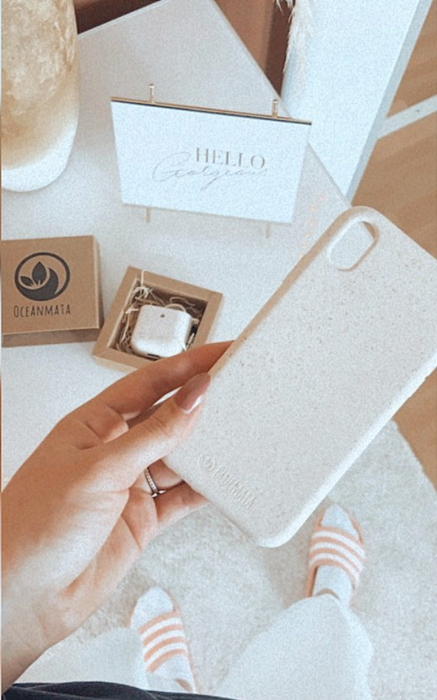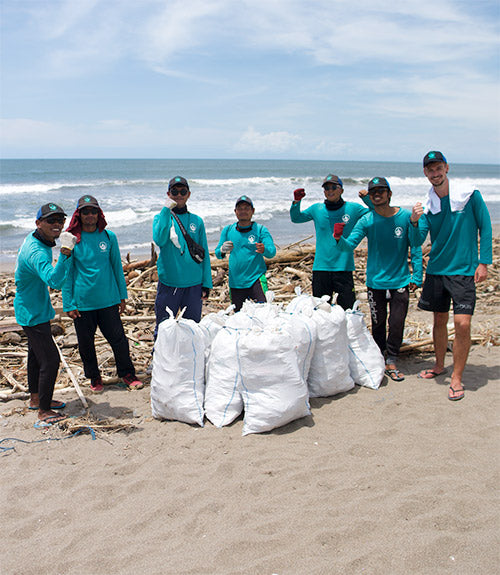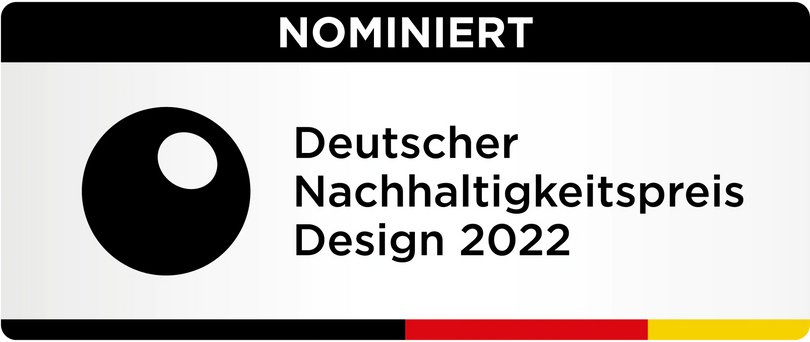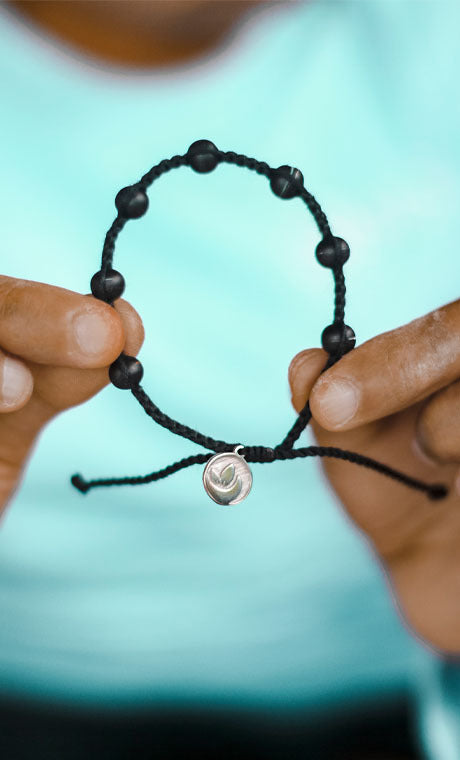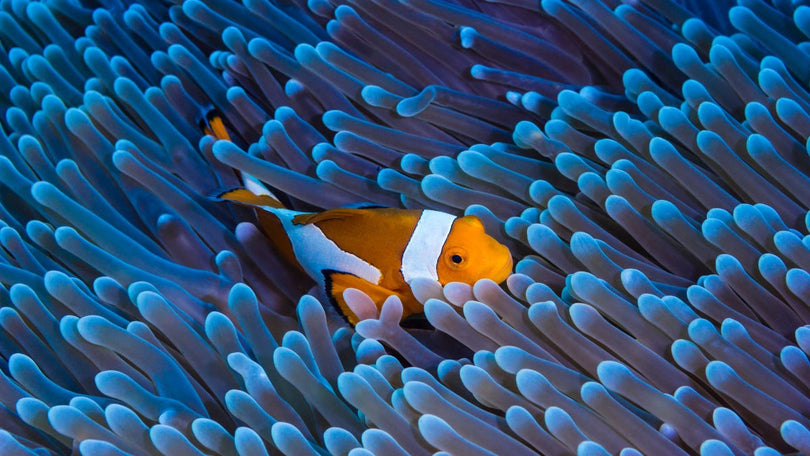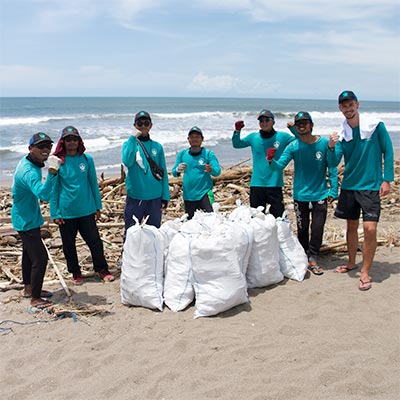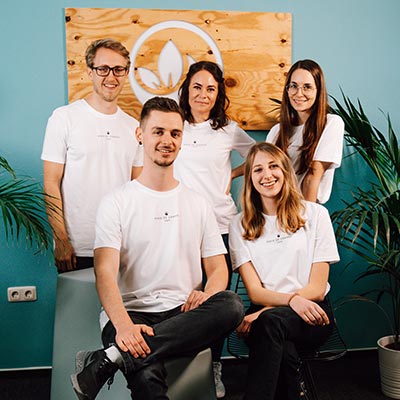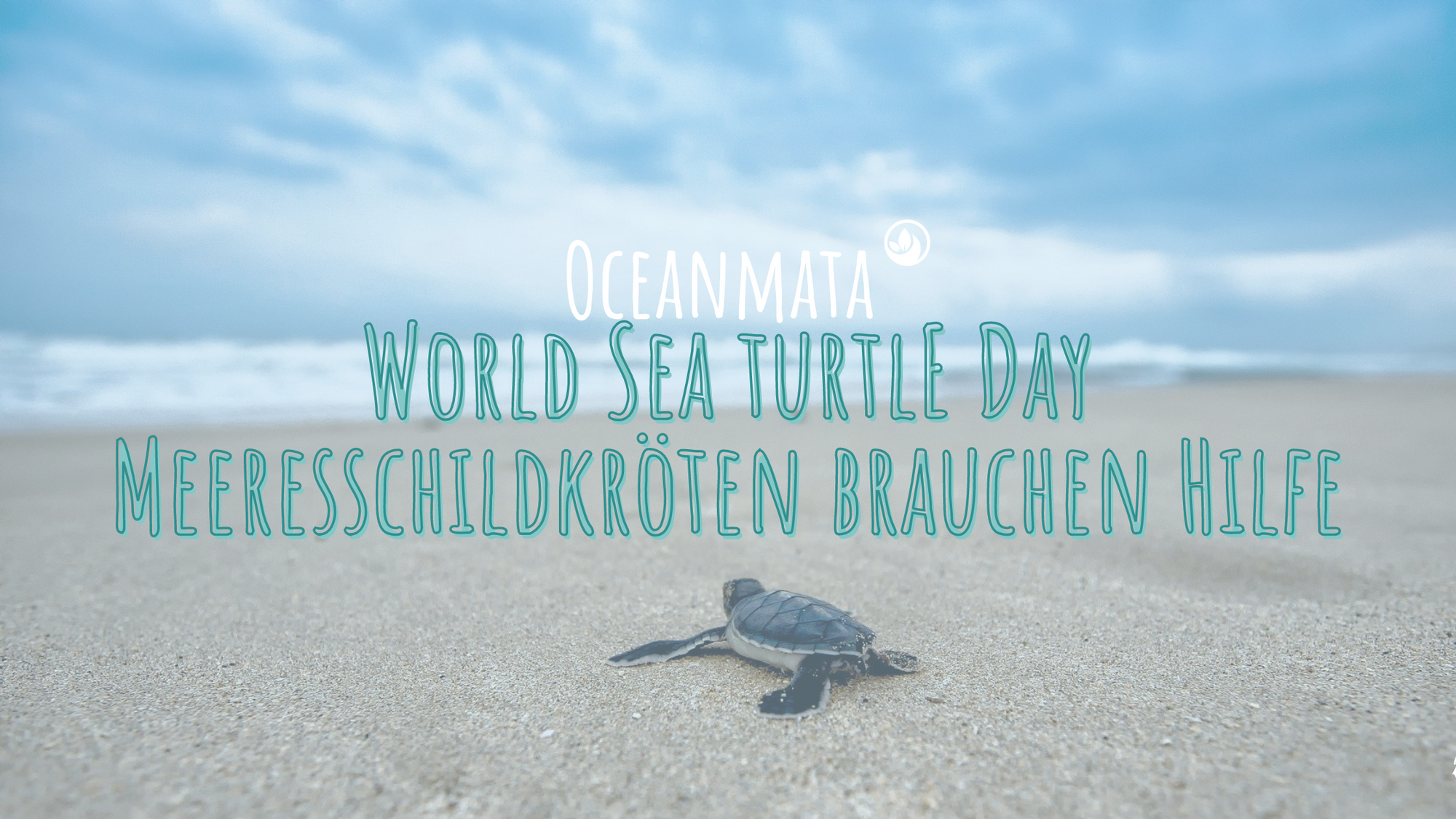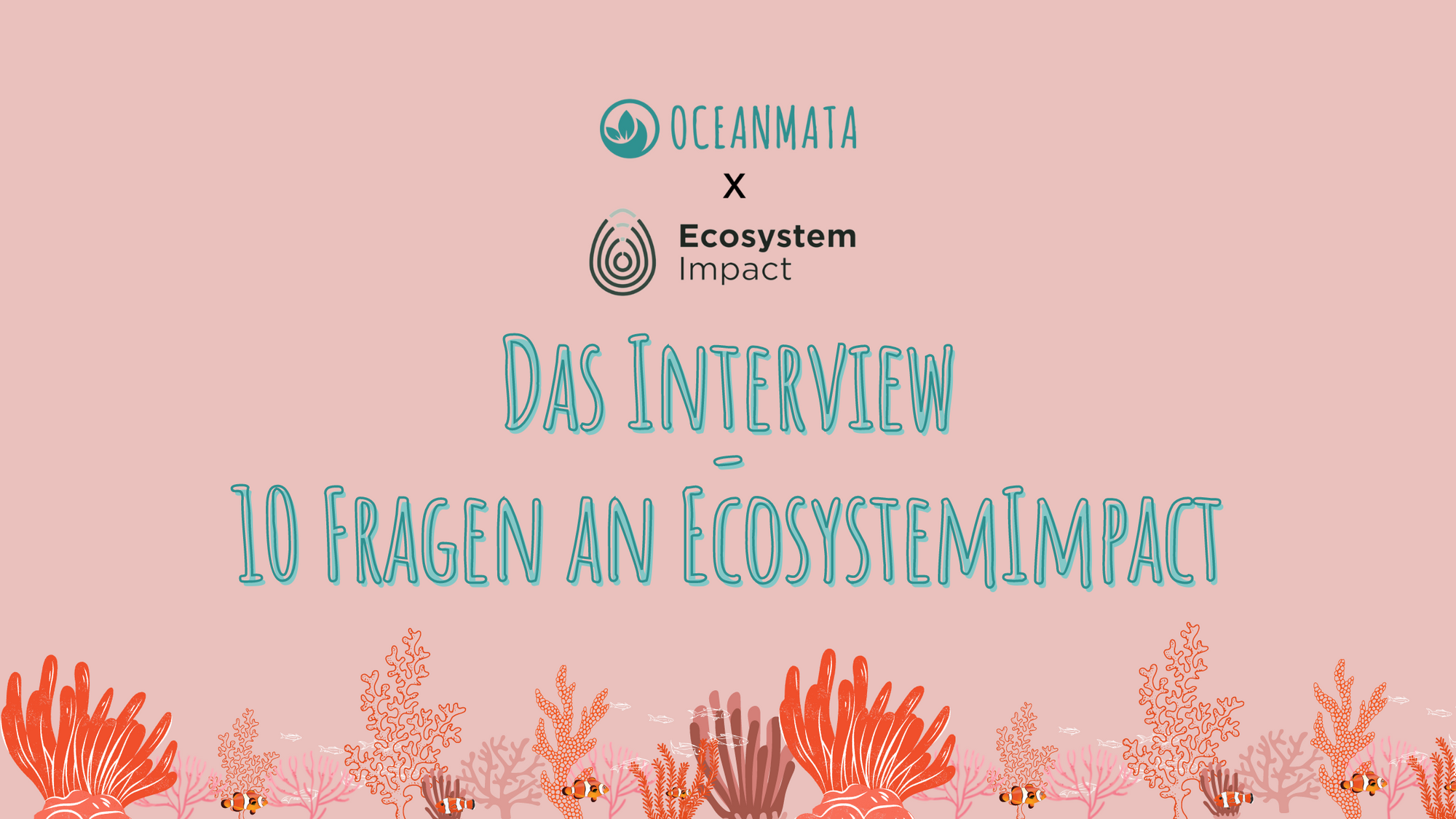Today we answer the 5 most frequently asked questions that reach us daily. Transparency and openness Super important, and we don't want to be perfect. Who is? Everyone can only grow through criticism and mistakes, including us at Oceanmata. So feel free to share your questions, whether via our help chat on the website, Instagram, Facebook, or email!
“Anyone who has never made a mistake has never tried anything new.”
(Albert Einstein)

How serious is Oceanmata when it comes to production?
Admittedly, at first glance it doesn’t seem to fit together at all - sustainability and in this context a Production facility in China . What were we thinking?
Often the Production location China immediately linked in the mind with days with lots of overtime , inhumane working conditions and exploitation on every corner.
Of course, we do not support these types of production facilities!
For the production of injection molds and thus for the Series production of our covers We have chosen Changan Town, Guangdong as our production site for good reason. Even though we are Sustainability ideas one more local production desirable, we have to admit that China currently has the highest level of expertise when it comes to producing mobile phone cases.
To Beginning of our start-up we also had discussions and Experiments with local producers . Due to our high standards regarding Quality of the covers and all other Oceanmata products, we unfortunately quickly realized that no one could compete with the Chinese manufacturer.
Accordingly, we are currently still having our mobile phone case manufactured in China highest quality standards Of course, we pay special attention to Occupational safety, fair pay, and working conditions . This is why our manufacturer is certified by TÜV Rheinland!

How reputable is Oceanmata regarding certifications?
Our covers are biodegradable It is important to emphasize that biodegradable plastic is not the same as compostable plastic is!
The difference is important and that's why we would like to explain it to you briefly. Biodegradable refers to a material that degrades with the help of microorganisms. However, there is no specific timeframe for the decomposition process to be considered biodegradable. Furthermore, in isolated cases, the plastics can leave behind toxic residues, with the emphasis clearly on ability.
Here you can find the certification for the material:
(https://www.dincertco.tuv.com/registrations/60153483?locale=de)
To obtain this certification, certain conditions must be met:
- Biodegradability in aqueous medium (oxygen demand and evolution of CO2): It must be demonstrated that at least 90% of the organic material is converted into CO2 within 6 months
- Disintegration in compost: After 3 months of composting and subsequent sieving through a 2 mm sieve, no more than 10% residues may remain based on the original mass
- Source: http://www.bioplastics.ch/EN-13432.pdf
Our material for the covers is certified within this framework. It should be added, however, that this regulation applies to our material in the form of a thin film, but not yet to the form of a cell phone case, which is considerably thicker at approximately 1.5 mm and therefore requires significantly longer for the composting process. This means that the cell phone case complies with the current standard. "biodegradable" but not "compostable" .
There is a simple reason for this: Our intention in producing the biodegradable phone case was not to be able to compost it. Biodegradability should lead to less damage to the environment than is the case with a normal cell phone case.
Let us assume that the Phone case in the ocean When it lands, it now has a chance to biodegrade. The biological phone case therefore has a significantly reduced impact on the environment, animals, and the ocean.
You can find out more about our certifications here on our website!
How serious is Oceanmata regarding recycling in Bali?
Of course, we do not want to launch products that end up not in the recycling cycle can be introduced. So: Yes, the basic requirements for recycling the phone case are met.
Unfortunately, the cover is sorted out when you throw it in the yellow recycling bag and automatically added to the general waste. This is because recycling companies don't currently recycle biodegradable plastic. So: the will is there, only the way is missing!
We are currently working on a Closed-loop recycling . This means we want to recycle the cover for you and use it to create new products. We're not there yet, so here are some options we'd like to recommend:
- Bury your husk to return it to the natural cycle. We currently estimate a period of 2-5 years for the husk to completely decompose in the soil. However, this is always dependent on environmental conditions, which can constantly change.

How serious is Oceanmata regarding the recycling process ?
With our Ocean Clean-Up Project we have in January 2020 We took the first step toward collecting ocean plastic. Initially, we outsourced the recycling process to external companies and passed on our collected plastic to them.
With our new recycling site We're ushering in a new era. Not only were we recently able to inaugurate it, but thanks to the generous support of you and other ocean heroes, we were also able to invest in a new shredding machine. Since then, our team has had its own car wash!
So our Team Bali ocean Separate, clean, and finally shred plastics independently . Once processed in this way, nearby plastics processing companies can then produce new plastics from the ocean, creating a recycling cycle.
In order to keep a better eye on this important step in the future, it is our goal to take the entire process into our own hands. For example, we could produce our own granules from ocean plastic, which could then be used for new products.
Unfortunately, approx. 40% of collected ocean plastic is not recycled.
In this case, the non-recyclable plastics are either too degraded and brittle due to exposure to sunlight, or they cannot be recycled at all.
How serious is Oceanmata regarding the donation process ?
You buy - we donate! But how much exactly? And what funds have been donated to which organizations so far? How regularly do donations occur? We'd like to give you a little more insight here:
- For each product sold we donate 5% to the organization and for each sponsorship 20%
As of August 28, 2023, we have donated the following amounts to the respective organizations:
|
organization |
Amount |
cycle |
|---|---|---|
|
Turtle Foundation |
approx. 30,000 EUR |
6 months |
|
Dolphin Project |
2,500 EUR |
6 months |
|
Kurma Asih |
1,450.04 EUR |
6 months |
|
Ecosystem Impact |
approx. 4,000 EUR |
6 months |
| MMF | approx. 4,000 EUR |
6 months |


